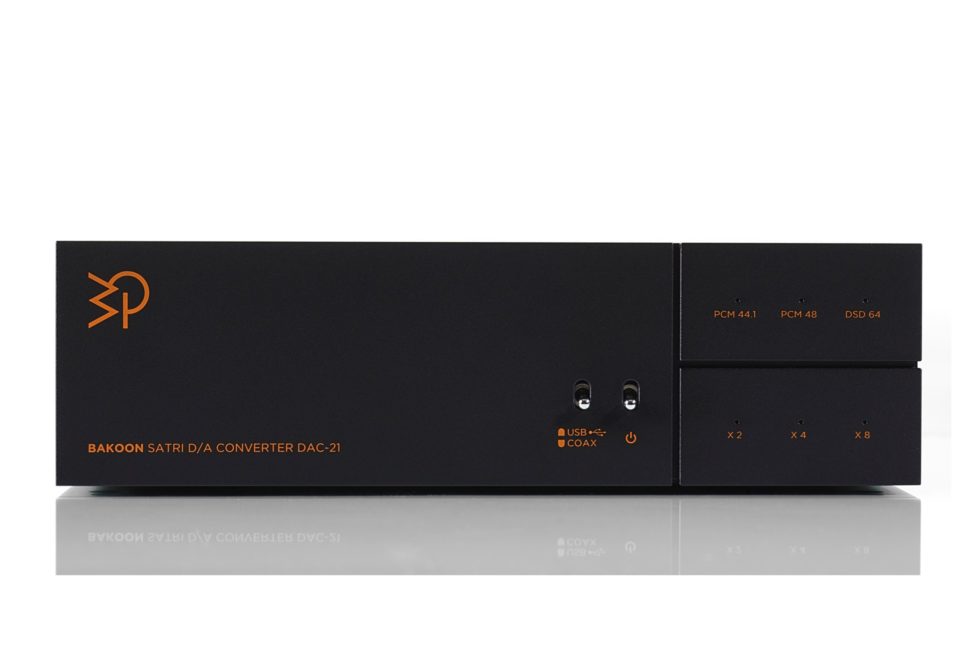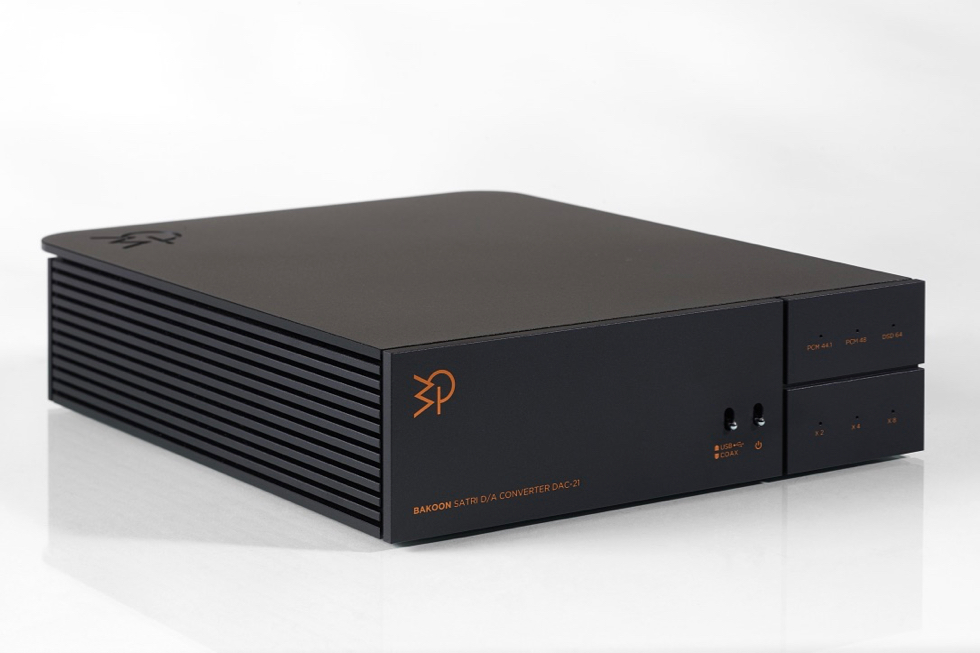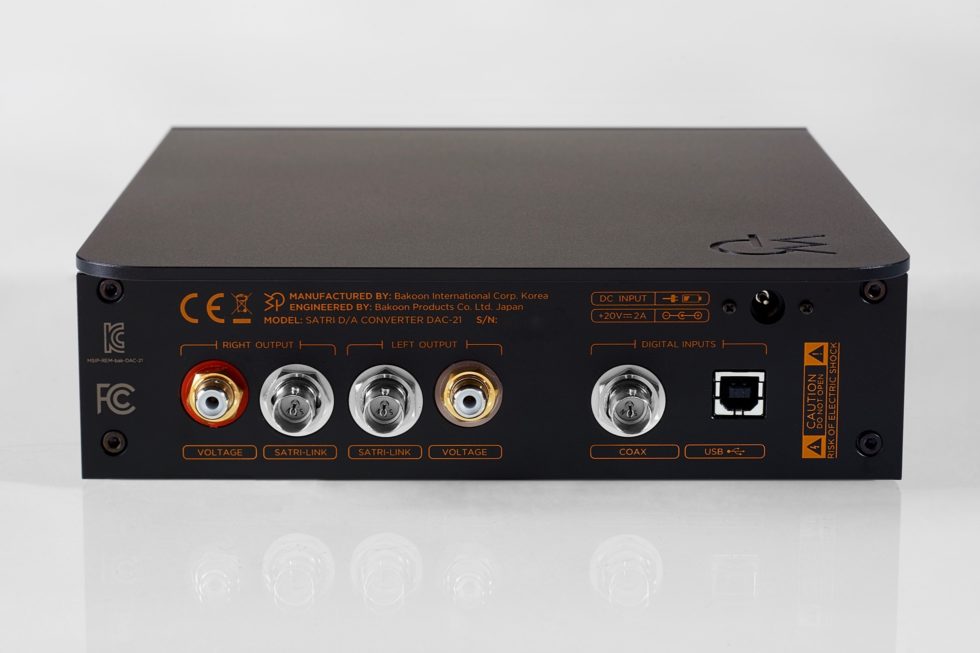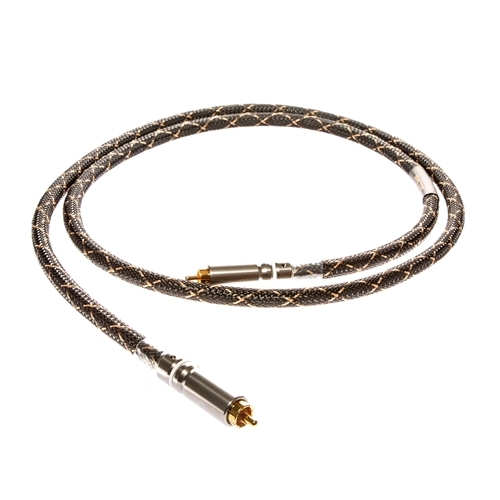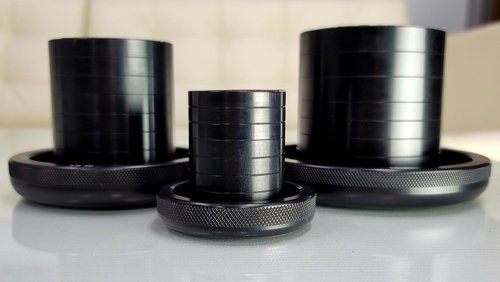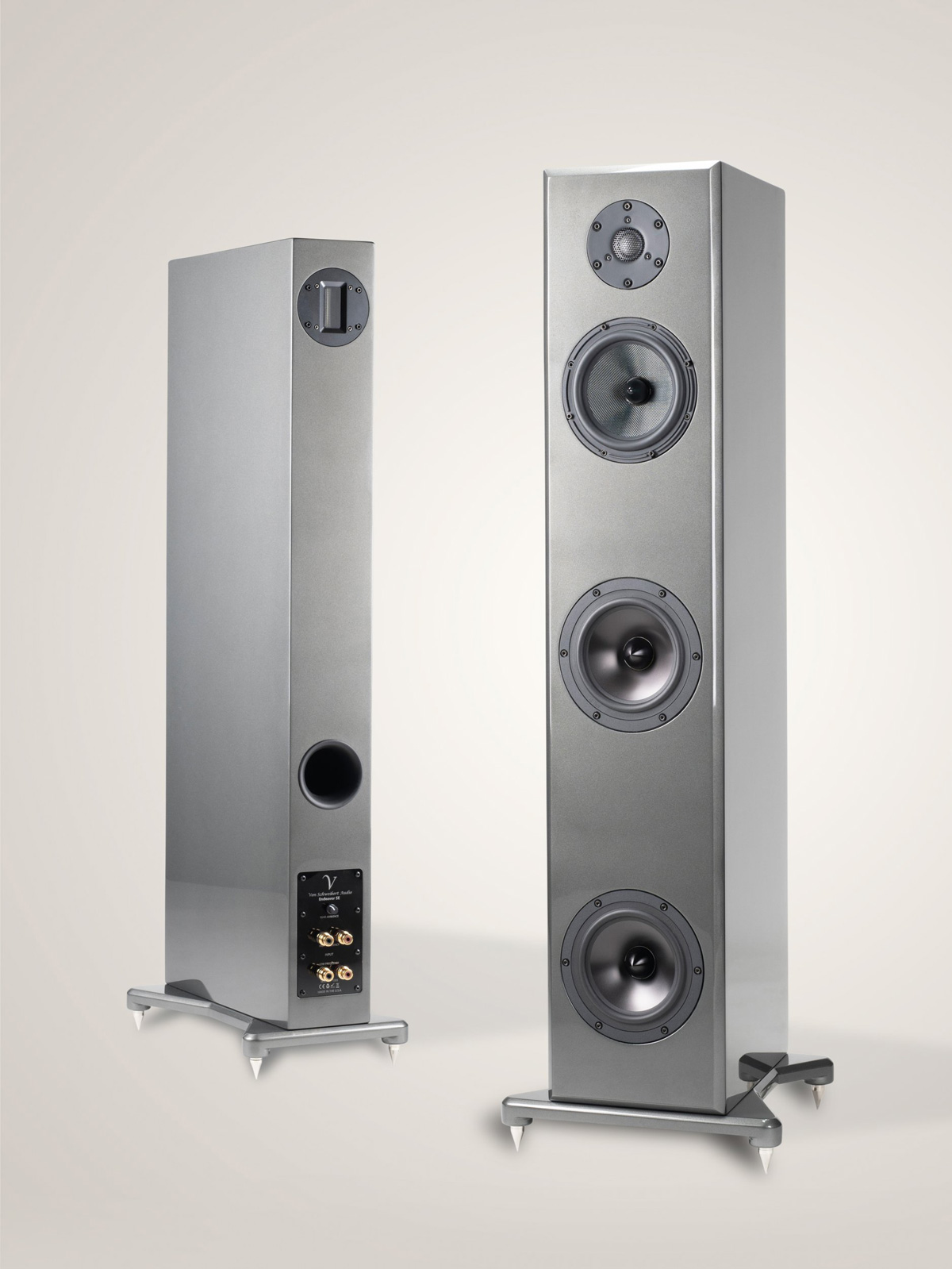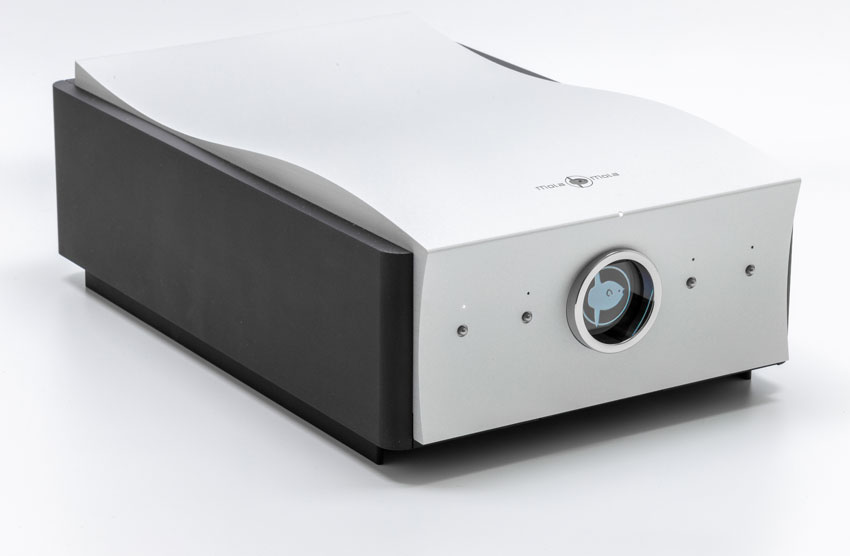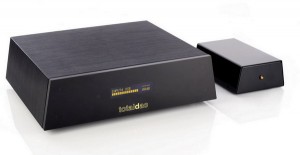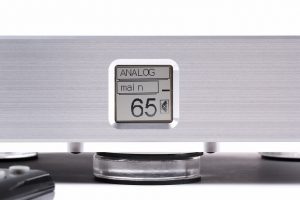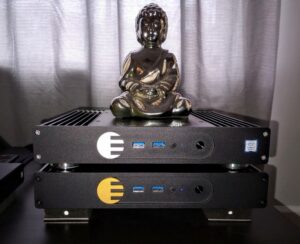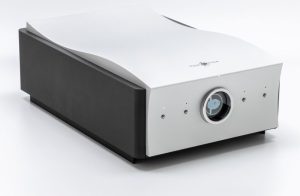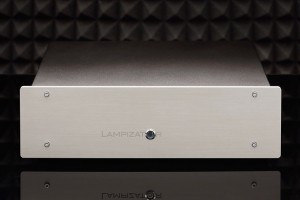In my Issue 96 product preview, I raved about several exceptional components currently in my review queue, not the least of which was Bakoon International's sensational little DAC-21. Although relatively new to my reference set-up, it quickly became apparent that the DAC-21's sonic performance would require a wholesale reassessment of what affordable outboard DACs can do.
Weeks later, it continues to impress.
It casts just about the widest, deepest, most layered soundstage I have ever heard, yet without sacrificing tone, texture, and overall impact. Supremely quiet, tonally balanced from top to bottom (perhaps a little bit lush, even), and incredibly natural sounding, I daily marvel at the little Bakoon's ability to just get out of the way of the music.
In several of important ways, ways I will explore below, the 21 highlights the ability of the best new digital gear to achieve that elusive convergence of the most compelling sonic traits of digital and analogue playback. It weds the latter's naturalness, air, life, and bloom with the former's pitch and speed stability, frequency extension, and overall playback smoothness. The result to my ears is something quite remarkable, and intensely musical.
Other digital components do this, no doubt, but few if any that I have heard do so at the 21's approachable price point. That Bakoon International has managed to pack so much musical goodness into a relatively compact, and perhaps more enticingly, relatively affordable product seems cause for real celebration.
Blue Moth (Image by Maurice Jeffries)
Less is More Digital
The 6.5-pound, battery-powered, and feature-light (USB and BNC inputs only, and a single pair of RCA single-ended outputs, no XLRs) DAC-21 costs a not inconsequential $3495, hardly cheap, but not excessive in my humble opinion. It goes without saying that this is not the DAC for listeners who own and routinely use multiple digital sources. It cannot, by design, connect to/process multiple digital inputs from servers, cable boxes, digital disc players, and other digital components simultaneously, as can my reference Cambridge Azur 851D DAC. Remote controllability? Forget about it! DSD files can be decrypted only by using the 21's single USB input.
The Bakoon DAC hews to the spartan school of audio design. Convenience features are, by design, deliberately sacrificed at the altar of greater sonic purity.
With its Bauhaus-like sculpted lines, surprisingly solid compact form, and elegant aluminum extrusions running front-to-back on both sides of its low-slung chassis, the DAC-21 proudly parades its "less is more" DNA. The review sample was delivered in a fetching black matte finish, complete with white cotton gloves. Purchasers can also select a silver finish to match the rest of their components.
The 21's minimalist front panel features a tiny rocker-styled on-off switch, a similarly-styled "USB"/"COAX" input selector switch, and two rows of small LEDs that glow red. The bottom row of LEDs indicates the charging status of the li-on (lithium ion) batteries. In recharge mode, these LEDs glow red when one switches the unit to stand-by mode. When each bottom row LED goes out, this indicates that the battery denoted by that LED has fully re-charged. The batteries take a couple of hours to recharge and run for about eight hours before running out of juice. The top row of LEDs indicates the digital sampling frequency of the incoming signal.
The indicator LEDs are very informative. Bakoon informed me about their functions:
"The bottom row of LEDs also serves to show incoming signal frequency, in addition to those on top rows. The bottom row's 'X 2', 'X 4' and 'X 8' are multipliers to the top rows 'PCM 44.1', 'PCM 48' and 'DSD 64', so that if high resolution frequency like 192 Khz is incoming, the top row’s 'PCM 48' and the bottom row’s 'X 4' light up together, which makes 'PCM 192'. These sampling frequency LEDs are actually orange colored, while the red LEDs only light up during the charging process."
The secret sauce lies under the hood. As I explained in my Issue 96 product preview, Bakoon has developed an innovative circuit design that it calls the "SATRI circuit". The SATRI is a zero-negative feedback circuit employing 48 discreet micro-sized transistors. While the DAC-21 does not use this implementation directly, Bakoon has an equivalent design that is mounted directly on the PCB of the unit. In the DAC-21, Bakoon notes that this SATRI-equivalent module, in conjunction with the rechargeable li-on battery power supply, accounts for the 21's superb quietude, richly-textured, detailed sound, and surprising coherence.
With its "form follows function" simplicity, the DAC-21 reminds me a bit of Ron Sutherland's auteur-inspired minimalist phono preamps. In both instances, minimalism serves a deeper purpose: better sound.
Beyond the Digital Event Horizon
The battery-powered DAC-21 performs like no other digital component in my experience. As I noted in my preview, "[t]he Bakoon leverages [li-on battery] technology to maximum effect, delivering vibrantly energetic sonics, laser-quick transient articulation, and noise-free operation. As you might expect from a battery-powered unit, the DAC-21 casts a stunningly wide, cavernously deep, precisely layered soundstage."
With the right recordings, the soundstage extends beyond the outside boundaries of my reference Focal Sopra No. 1s and the Von Schweikert Unifield 2 Mk. III compacts on long-term loan at Casa Jeffries. Images materialize with laser-cut precision and focus within the sound-field, regardless of musical genre. The DAC-21 unravels densely scored orchestral works like a sharp knife through butter. It places naturally recorded jazz ensembles in just about the most realistically airy, immersive, holographic ambient field I have every heard from a digital component, without a hint of soundstage discontinuity or glare.
The DAC-21 infuses instruments and vocalists with genuine 3-D body. With many digital recordings, one is all too often aware that vocals and instruments lack body and weight. "Jitter" induced colorations whitewash tone colors and homogenize the true timbre of voices and instruments. These colorations unnaturally deflate images, choke out life, air, and bloom, and induce listening fatigue.
The 21 avoids these shortcomings by imposing a sense of serenity and ease to digital file replay that greatly enhances intelligibility, image precision, and palpability. Instruments and voices sound more present, rounded, and lifelike as a result. In this respect, the Bakoon just gets out of the way of the music.
The DAC-21 performs this Houdini-like disappearing act without shortchanging other sonic metrics. Tonal density, timbral accuracy, and micro-dynamic expressiveness are first-class. Saxophones and brass have real bite. Strings pluck, bellow, and purr with their natural resonant signatures intact. It envelopes solo instruments and voices in an ambient cushion of air that pressurizes the room as naturally as any component I have reviewed.
Shortcomings
For some listeners, the design's limited source connectivity options will prove a deal breaker. However, if you own only one or two digital sources and are in the market for a new DAC, you really should seek out a DAC-21 dealer.
Additionally, the 21 may come across as a bit too saturated tonally, and perhaps ever so slightly overly bloomy to be considered genuinely neutral in some systems. But its sins in this regard are so slight, and so seductively voiced, I doubt you'll care. I certainly didn't! Still, if your system leans toward the warmer, fatter end of the spectrum, I would give the Bakoon a long, hard listen before taking it home.
Finally, macro-dynamics seem ever so slightly softened here. We're not talking about a wholesale diminution in dynamic expressiveness here, just a touch of sweetening and rounding at the extremes. I never felt that the 21 lacked dynamic punch, just that one can get more punch and slam from other models.
Parting Thoughts
But punch and slam are not what this DAC is about. The 21 celebrates tonal purity, liquidity, overall coherence, and bracing naturalness over sheer dynamic swagger. It is to outboard DACs what Ron Sutherland's spartan phono preamps are to vinyl addicts: organically naturalistic devices that place sonic purity above marmoreal dynamic clout (and user convenience).
To conclude, I could live with the DAC-21's blend of minimalist design choices and overall sonic excellence for the long run, and never, ever feel that I am missing anything.
Enthusiastically recommended!
The Great Link
Having sung the praises of the superb Bakoon DAC (well-deserved praises, I should add), I think it only fair to sing the praises of Audio Sensibility's superb Signature Silver S/PDIF (BNC/BNC) Digital Cable, too.
Early in the Bakoon DAC review cycle, I discovered that the cable used to connect my reference digital source, the Lumin D1 networked audio player to my long-term reference DAC, the Cambridge Azur 851D, would not work with the Bakoon. The server only outputs from a single BNC S/PDIF connector post, while the Bakoon accepts only USB and BNC-terminated S/PDIF connectors. This meant I had to get my hands on an S/PDIF (BNC/BNC) cable to evaluate the DAC-21 with the Lumin.
Steve Huang, the head honcho at Audio Sensibility, speedily responded to my request by sending me a review sample of his lovely Signature Silver S/PDIF Digital Cable ($579/CAD for a 1-meter run, as of this writing).
The cable terminations are beautifully constructed and quite intuitive to use. The Signature S/PDIF Digital Cables feature what Audio Sensibility describes as a "near state-of-the-art transmission line for the 75Ω S/PDIF digital interface. This digital cable uses 99.99998% (7N) Ohno Continuous Cast (OCC) silver conductors. Noise is virtually eliminated with a unique 3-layer shielding system". The BNC connectors feature "Furutech FP-3-117 Rhodium-Plated 75ohm BNC connector[s] with eutectic cast copper center pin[s] and Teflon insulation." Nice stuff, indeed.
As best I can tell, the Signature Silver cable adds little to nothing to the sound of my reference digital playback set-up. Smooth in flow, nicely textured, highly transparent, and unfailingly musical, they offer near state-of-the-art sound quality at a very affordable price. Despite costing one fourth the price of the Lumin, and one seventh the price of the DAC, the Signature Silver cable delivers the sonic goods, allowing server and DAC combo to perform at their best, unimpeded by any audible cable-born distortions.
In short, Steve's cables appear beautifully built, look and feel great to the touch, and sound just swell. They perform all out of proportion to their reasonable cost, and deserve much wider recognition, a situation I hope this mini-review goes some way towards curing.
BTW: I also have a pair of Steve's lovely phono cables in house (my old cable run died recently) which I will report on in an upcoming phono preamp/MC cartridge review. Steve and I are also discussing the possibility of my reviewing a complete loom of Audio Sensibility cables later this year.
Stay tuned!
Bakoon DAC-21
Retail: $3495
Bakoon International Corp.
B1, 21, Unjung-ro 146beon-gil, Bundang-gu,
Seongnam-si, Gyeonggi-do, 13467 Korea
Audio Sensibility Signature Silver S/PDIF Digital Cable
Retail: $579/CAD (for a 1-meter run; BNC-to-BNC terminations)
Audio Sensibility
3 Mylesview Place
Toronto, Ontario
Canada M2N 2M7
416.953.8898
http://audiosensibility.com/blog/
All images courtesy of their respective manufacturers, unless otherwise noted.





